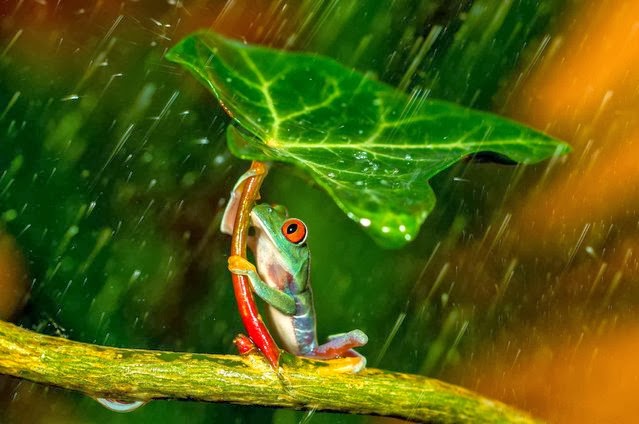Sunday 2 February 2014
Saturday 1 February 2014
Stunning Electric-Blue Flames Erupt From Volcanoes
Paris based photographer Olivier Grunewald has been
documenting the Kawah Ijen volcano in Indonesia, where he observed dazzling electric
blue fire can often be seen streaming down the mountain at night. Blue glow is unusual
for a volcano on the island of Java. The blue glow is actually the light from
the combustion of sulfuric gases, and some gases condense into liquid sulfur,
which continues to burn as it flows down the slopes giving the feeling of lave
flowing. I have never seen this much sulfur flowing at a volcano. Blue volcanic
fire was described in antiquity in Italy on the south slope of Mount Vesuvius
and on the island of Vulcano.Blue flames may also be observed at the base of
the plume of erupting volcanoes, when ash explosions occur. I did not use any
filters to capture his images of the blue fire. The burning happens day and
night, but it's visible only in darkness.Source: Charismatic Planet
Breathtaking Photo of Skogafoss, Iceland
Skógafoss is one of the most famous most visited waterfalls
in Iceland. Photographer Stian Klo says he had seen thousands of snaps from
this iconic waterfall and truly wanted to try to get a ‘fresh’ angle of this
breathtaking natural wonder. This is extremely beautiful waterfall, and i try
this time something different from earlier standards, and this my favorite
Icelandic adventure.
Skogafoss at Wikipedia
Stian Klo at 500px
Stunning Photographs by Amateur Photographer Kutub-Ud-din
Friday 31 January 2014
Stunning Image of Lave Lake at Mount Nyiragongo
This is truly an amazing photo of
Lava lake at Mount Nyiragongo, an active stratovolcano inside Virunga National
Park, in the Democratic Republic of the Congo. This deadly volcano has erupted
at least 34 times since 1882, forming various-sized lava lakes that have created,
drained, crater, and reformed. This beautiful snap is taken in 2011 shows the hottest
iteration of the mountain’s lava lake. It was formed of 2002 eruption. Lava
lakes are large volumes of molten lava, regularly basaltic, contained in a
volcanic vent, crater, or broad depression. The term is used to describe both
lava lakes that are wholly or partly molten and those that are solidified occasionally
referred to as frozen lava lakes.
Saturday 25 January 2014
Subscribe to:
Posts (Atom)

































